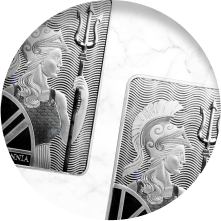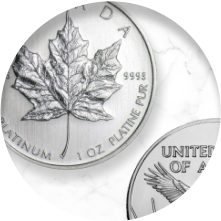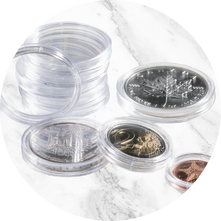Kim Kardashian, Millionaire Cops and the 1% - Peter Diekmeyer

October 20, 2016
Recent reports suggest that Kim Kardashian is pulling back from social media, in the wake of a reported $10 million robbery of her jewelry by Paris assailants.
The move, which according to sister Kourtney, is being made “just [to] make sure we’re protected as well as possible,” illustrates a lesson the nouveau riche often learn the hard way: it generally pays to be discreet about wealth.
Consider the contrasting positions of two classes of millionaires. The first is the 1% of income earners, whose wealth has attracted increased attention in recent years.
The second is government employees with gold-plated pension plans, often worth millions, whose wealth generally passes unnoticed.
Dangers to the 1%
Like Kim Kardashian’s jewels, the assets and incomes of the 1% have attracted enormous attention in recent years from a group far more effective at wealth appropriation than mere thieves: governments.
As Nobel laureate Joseph Stiglitz noted at a presentation in Quebec City earlier this month: “Incomes of the top 1% of the population have been growing exponentially for the past three or four decades, while those of the bottom 90% have stagnated. We have more money at the top, more people in poverty and the middle class is being eviscerated.”

Stiglitz echoes ideas of Thomas Piketty, author of Capital in the Twenty-First Century, and others, who argue that governments should tax the super-rich more, to finance public services and to flatten income inequality.
Never mind that most, if not all of the relative wealth increases that have accrued to the top 1% in recent years, are the result government’s own asset inflation policies. The fact that seizures of even all of the 1%’s assets would hardly make a dent in public sector debts matters little either.
Nor does the fact that most of the 1% would far prefer sound money and a more sustainable economic model than the existing debt-growth model.
What matters is that the wealth and earnings of the 1% are visible and thus a target. That means it is subject to seizure at the stroke of the pen, by any group of populist politicians looking for an easy issue.
Millionaire cops: wealth management experts
Contrast the plight of the 1% with another particularly astute group of millionaires: North America’s government employees, a huge percentage of them who will retire extremely wealthy, due to the cash-in values of gold-plated pension plans, which are financed and guaranteed in large part by taxpayers.
One example: according to a government web-site, a Quebec Provincial Police officer, who retires at age 55, with 30 years of service, will take in nearly $50,000 a year in benefits. If he collects during his 25+ years in life expectancy, he’ll rake in cool $1.25 million. After that his spouse will collect survivors’ benefits. And that is for a lowly beat cop. Higher ranking public sector officials collect far more.
The key is that those millionaire government employees, collect their wealth quietly, without attracting public notice. Often their salaries are far lower than they appear, because the present value of their future pension benefits are excluded.
Governments also gain, because they can increase public sector workers’ pay (and their own salaries), without recording the expenses, merely by boosting future pension benefits, rather than paying them through more visible salary increases.
The takeaway for investors
There are key lessons in the plights of Kim Kardashian, the 1% and the millionaire cops, for ordinary savers too.
In a debt-fueled economy, in which the US Federal Reserve estimates that 46 percent of Americans are so tapped out they couldn’t come up with $400 bucks to cover an emergency expense, it probably pays to keep quiet about any hard, moveable, assets.
In addition, assets which fewer people know about - like gold-plated government pension plans - have sustainable preservation characteristics, which are hard to ignore during tough economic times.
Don’t miss a golden opportunity.
Now that you’ve gained a deeper understanding about gold, it’s time to browse our selection of gold bars, coins, or exclusive Sprott Gold wafers.
About Sprott Money
Specializing in the sale of bullion, bullion storage and precious metals registered investments, there’s a reason Sprott Money is called “The Most Trusted Name in Precious Metals”.
Since 2008, our customers have trusted us to provide guidance, education, and superior customer service as we help build their holdings in precious metals—no matter the size of the portfolio. Chairman, Eric Sprott, and President, Larisa Sprott, are proud to head up one of the most well-known and reputable precious metal firms in North America. Learn more about Sprott Money.
Learn More
You Might Also Like:
















Looks like there are no comments yet.